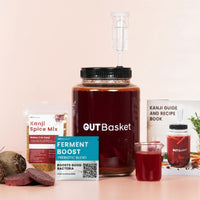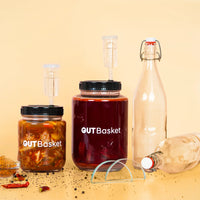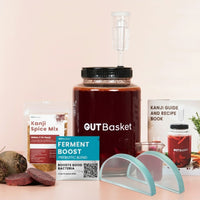The main difference comes down to how you handle the grapes during fermentation, specifically whether you use the skins or not. Here's how you can adjust the process:
Making Red Wine:
-
Use Red or Black Grapes:
For red wine, you’ll need red or black grapes (e.g., Cabernet Sauvignon, Merlot, Zinfandel). -
Crush the Grapes with Skins:
- After crushing the grapes, keep the skins and ferment with the skins in contact with the juice. The skins are responsible for the red color, as they contain anthocyanins, which are released during fermentation.
- The skins also contribute to the tannins, flavors, and mouthfeel of the wine.
-
Fermentation Process:
- Follow the usual primary fermentation process, ensuring the skins remain in contact with the juice (this is known as fermentation on the skins). Stir or punch down the cap of skins daily to maximize color and tannin extraction.
-
Press the Wine After Primary Fermentation:
- After fermentation has slowed, you will press the wine to separate the skins from the liquid, which will then be transferred to the secondary fermenter for aging.
Making White Wine:
-
Use White Grapes:
For white wine, use white or green grapes (e.g., Chardonnay, Sauvignon Blanc). -
Crush and Immediately Separate the Skins:
- After crushing, separate the skins from the juice immediately. White wines are made with only the juice, so you don’t want the skins in contact with the liquid, as they would impart color and tannins.
-
Fermentation Process:
- Proceed with primary fermentation as usual, but without the skins. The juice will ferment into wine without the added color from the skins.
-
Pressing (Optional):
- If you’re using crushed grapes, press the juice before fermentation to separate the juice from the skins and seeds.
Summary of Key Differences:
- Red Wine: Ferment with skins on to extract color, tannins, and flavors.
- White Wine: Ferment without skins to keep the juice light and clear.










